Just off the coast of South Korea, Jeju Island pulls in vacationers and honeymooners by the thousands.
Even if you haven’t just gotten married, a vacation here sure can feel like it.
Regular direct flights to and from international cities such as Tokyo, Osaka, Beijing and Shanghai (as well as South Korea’s domestic airports) and liberal visa requirements also make getting here a snap.
Jeju Island features a volcanic Hallasan commanding the island from the center, a 224-kilometer semi-tropical forested national park, a wild coastline dotted with waterfalls and the longest lava tube in the world.
1. The highest mountain in South Korea
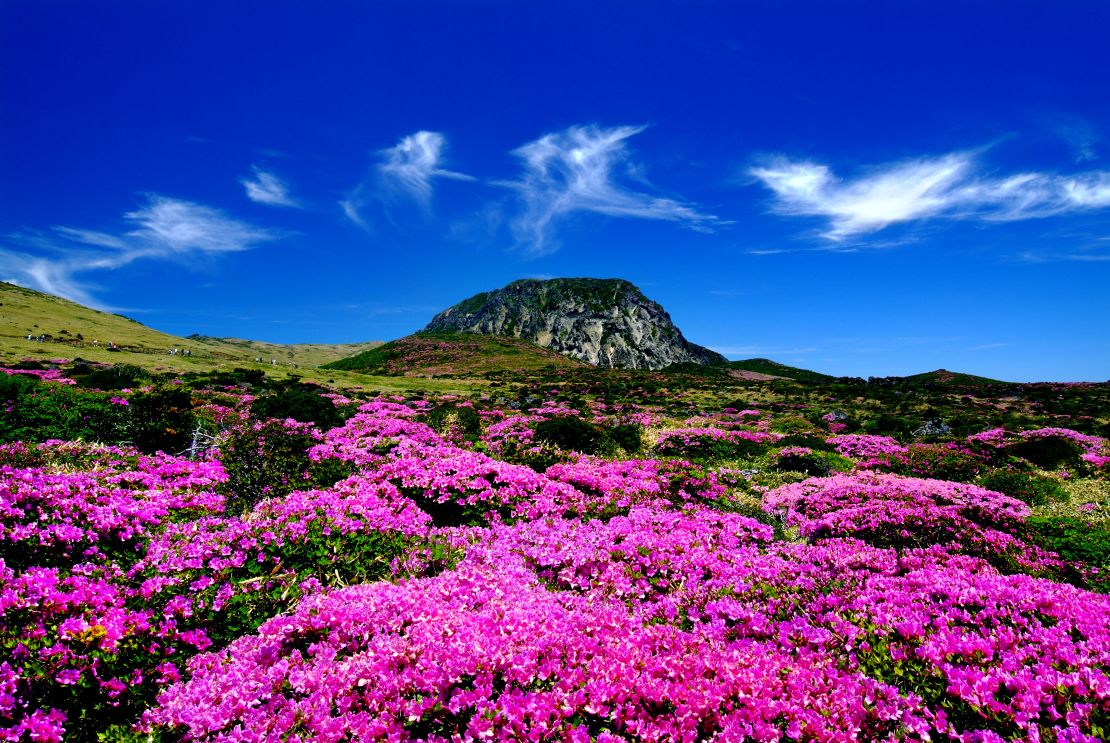
The dormant volcano Hallasan stands 1,950 meters above sea level, but you can hike up and down in a day if you start early. Avoid the rain clouds of summer in favor of springtime azaleas, autumn colors or winter snow.
Hallasan is a UNESCO Biosphere reserve containing a crater lake, alpine plants, woodpeckers, chipmunks, butterflies and beetles. Hiking clubs regularly take to these slopes, and those of 368 parasitic volcanoes.
2. Lava tubes

Another UNESCO Geopark, the Manjang cave is more than eight kilometers long and you can walk one kilometer of its eerie passageway.
Formed by cooling lava, the cave’s dark, cold, often narrow and slippery with water, and you know there are bats up in its murky corners: not somewhere for the claustrophobic.
3. Grandfather stones
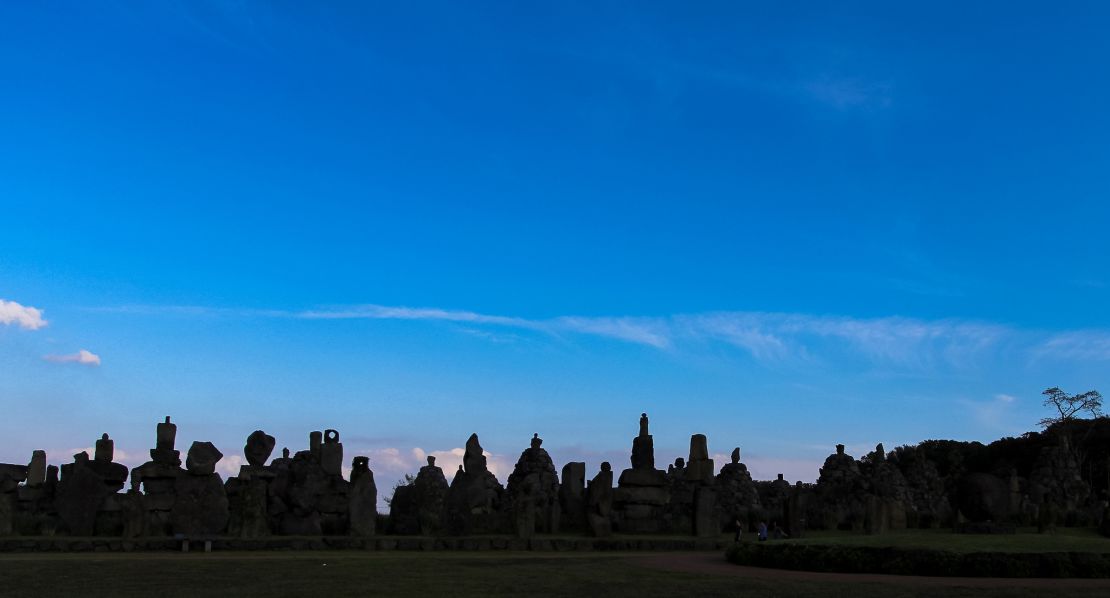
With just a tad of irony, Jeju boasts “three plenties” – wind, rocks and women. The second of these is due to its formation from an outpouring of lava. Ninety percent of its surface is basalt.
Dry-stone walls protect fields from storms. Then around 1750, to scare off invaders, masons started carving rocks into forbidding black “grandfather stones” (dolharubang) – massive phallic statues that might be mistaken for distant cousins of Easter Island’s moai.
Forty-five still exist – but don’t be fooled by replicas. The stones remain a symbol of a distinct ancient culture furnished with many gods and legends.
4. Deep-diving women
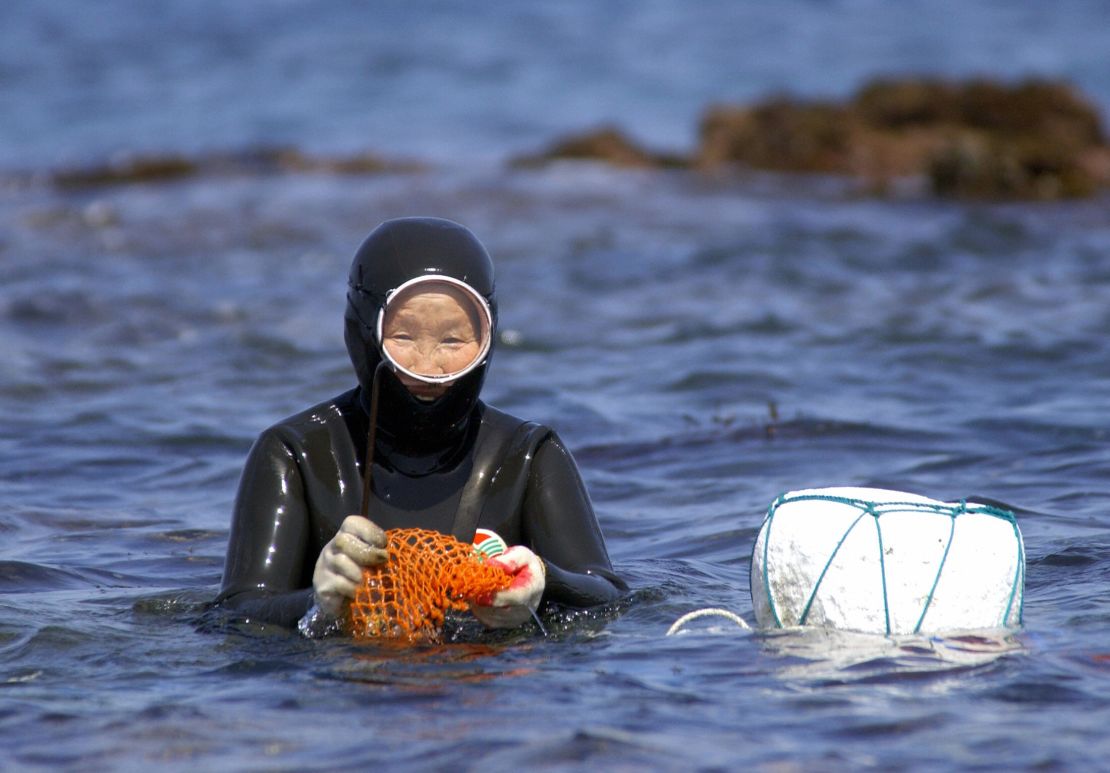
In years gone by, when Jeju’s men disappeared for weeks in fishing boats, someone had to stick around to haul those rocks and put dinner on the table.
As rice won’t grow on this wild, windy island, women learned to dive for octopus, abalone, clams, squid and seaweed. Nowadays, the powerful sea-women (haenyo) who dive 10-20 meters without any breathing apparatus, are renowned throughout the country.
The haenyo’s average age is 65, with some diving into their 80s in darned wetsuits. You can see them at work in various locations across the island, including Jungmun Beach, Seogwipo.
5. Superb beaches
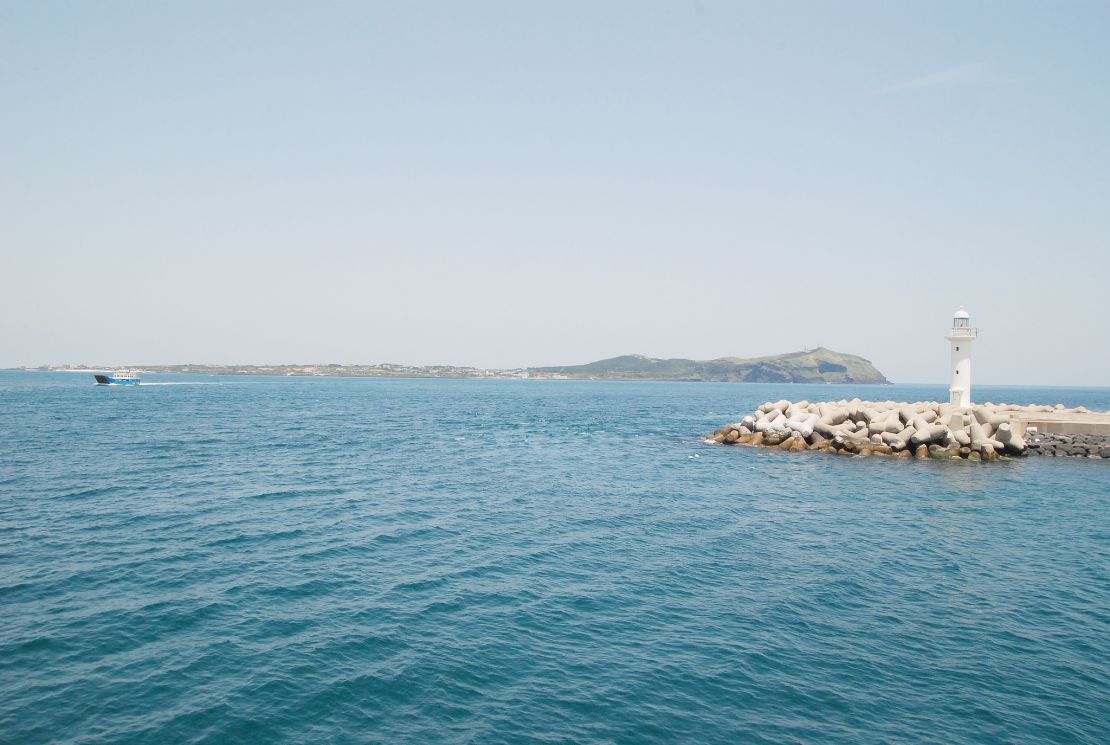
Jungmun beach: a sweep of pale sand, blue sea, green creepers trailing over dunes. Just behind is the Lotte World mega-hotel complex’s Vegas-style pool area complete with fake cliffs, swan-shaped pedal boats and a Dutch windmill.
The beautiful beach is empty outside of summer. Other top beaches for swimming and surfing are Emerald Bay, Gwakji, Hamdoek and Shinyang.
6. Loveland
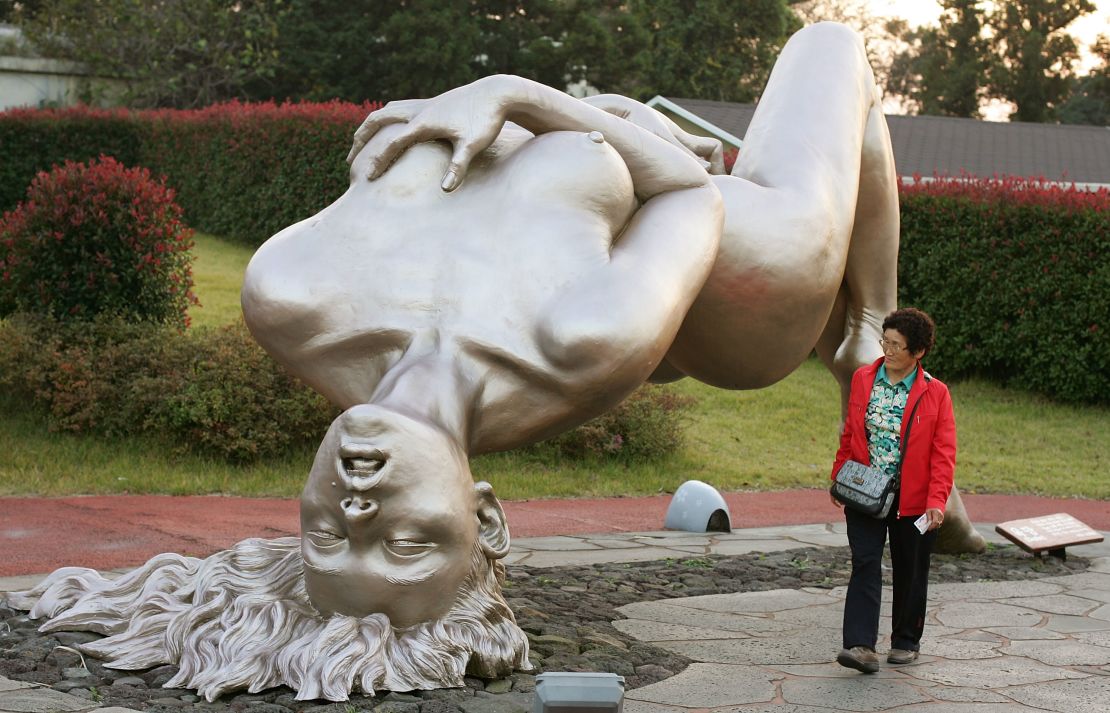
If any of Jeju’s honeymooners need to get in the mood, this is one blatant way to go about it.
This hilarious over-the-top adult theme park is dedicated to sex. Grotesque oversized casts of Western-looking nudes are locked in embraces or caught in the throes of ecstasy.
It’s no place for prudery. The handle on the door to the ladies’ toilets has an extremely distinctive shape, and interactive displays include a pleasure-giving exercise bike. Souvenirs? Don’t ask.
7. Olle walking trails
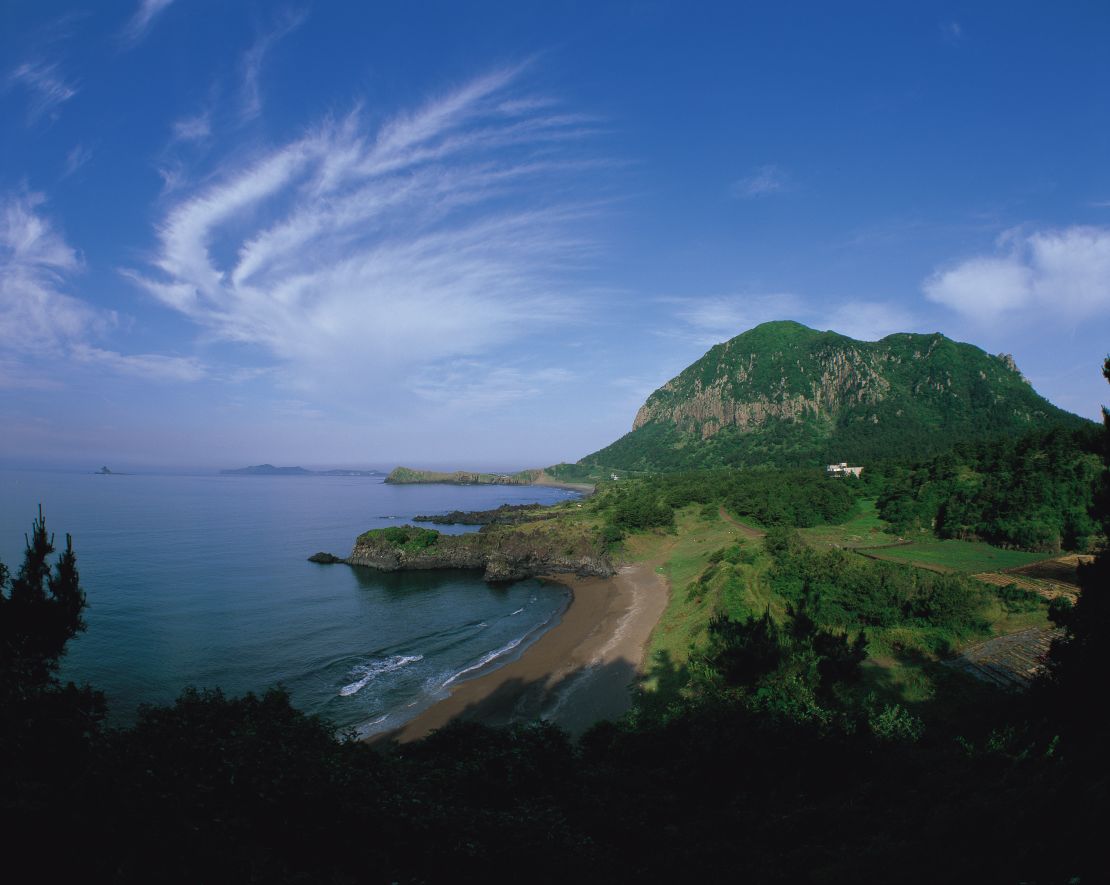
Olle in the local dialect means a winding path to your front door, and Olle coastal trails now wind around much of the island.
From a lush, ambling south coast route overlooking craggy islands, clamber down to the sea over strange rock formations and see the caves that islanders were forced to dig by Japanese occupiers to hide weapons.
The massively popular historical drama “Jewel in the Palace” was filmed here, so you can pose as one of the stars, should you want. The route near Oedolgae has the views made famous in “Dae Jang Geum” (“Jewel in the Palace”).
8. Water/oxygen/massage therapy

At Hanwha Therapy Resort, let jets of water massage you from every angle. Float in the pool with the lights out and music playing, lie back in an oxygen room, get wrapped in a sheet and cocooned in hay in a crib, then wake up in a tropical rain shower.
Or try the herb sauna and outdoor spas at Jeju Waterworld.
9. Seaweed and sea urchin soup

Beyond raw seafood, the array of local specialties includes pheasant, whole grilled mackerel in sea salt and barbecued pork from Jeju’s black pigs. But if you really want to get a taste of the island try some of the seaweed and sea urchin soup.
The urchin averse can opt for vegetarian health food at Yeonoonae outside Halla Arboretum serving potato pancakes and a green tea and perilla-seed soup.
Lush as the orchards look, local tangerines are shockingly expensive, even from the gruff sales people at the roadside, but they’re better than the tangerine-flavored chocolate.
10. Sunrise from a volcanic crater

Go to Sunrise Peak (Seongsan Ilchulbong), the 182-meter-high cone rising from the sea with a wide, green crater on the island’s eastern edge.
Now reached by a bridge, the approach is dominated by a shopping arcade and coach park, while a sing-song American voice pipes through loudspeakers, “Refrain from throwing garbage!” ignored by crowds jostling for scenic photo spots.
Editor’s note: This article was previously published in 2012. It was reformatted and republished in 2017.
